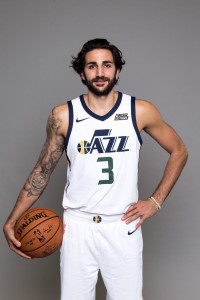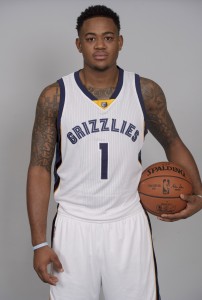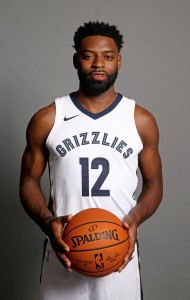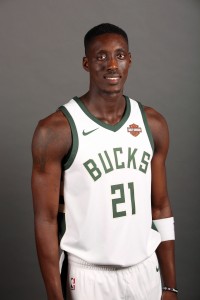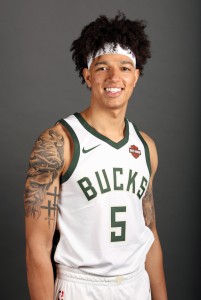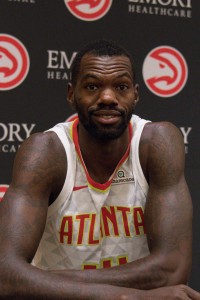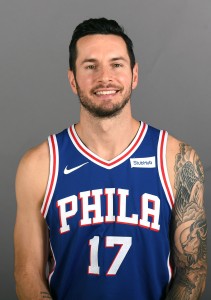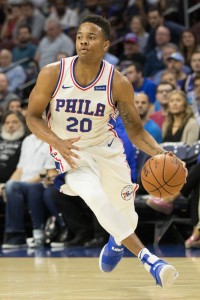Hoops Rumors is breaking down the 2017 offseason for all 30 NBA teams, revisiting the summer’s free agent signings, trades, draft picks, departures, and more. We’ll evaluate each team’s moves from the last several months and look ahead to what the 2017/18 season holds for all 30 franchises. Today, we’re focusing on the Utah Jazz.
Signings: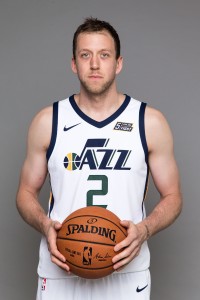
- Joe Ingles: Four years, $50MM.
- Thabo Sefolosha: Two years, $10.5MM. Second year non-guaranteed.
- Jonas Jerebko: Two years, $8.2MM. Second year non-guaranteed.
- Ekpe Udoh: Two years, $6.5MM. Second year non-guaranteed.
- Royce O’Neale: Three years, minimum salary. Second and third years non-guaranteed.
- Eric Griffin: Two-way contract. One year. $50K guaranteed.
- Nate Wolters: Two-way contract. One year. $50K guaranteed.
Camp invitees:
- Taylor Braun: One year, minimum salary. Exhibits nine and 10. (Waived)
- Naz Mitrou-Long: One year, minimum salary. Exhibits nine and 10.
- Torian Graham: Exact details not yet known.
Trades:
- Acquired the draft rights to Donovan Mitchell (No. 13 pick) from the Nuggets in exchange for Trey Lyles and the draft rights to Tyler Lydon (No. 24 pick).
- Acquired the draft rights to Tony Bradley (No. 28 pick) from the Lakers in exchange for the draft rights to Josh Hart (No. 30 pick) and Thomas Bryant (No. 42 pick).
- Acquired Ricky Rubio from the Timberwolves in exchange for the Thunder’s 2018 first-round pick (top-14 protected).
Draft picks:
- 1-13: Donovan Mitchell — Signed to rookie contract.
- 1-28: Tony Bradley — Signed to rookie contract.
- 2-55: Nigel Williams-Goss — Stashed overseas.
Departing players:
- Boris Diaw (waived)
- Gordon Hayward
- George Hill
- Trey Lyles
- Shelvin Mack
- Jeff Withey
Other offseason news:
- Hired David Morway and Justin Zanik as assistant general managers.
Salary cap situation:
- Used cap room; now operating over the cap, but under the tax. Carrying approximately $110MM in guaranteed salaries. Approximately $1.128MM of room exception still available. Otherwise, only minimum salary exception available.
Check out the Utah Jazz’s full roster and depth chart at RosterResource.com.
Story of the summer:
There’s no denying that Utah’s biggest priority heading into the summer was to retain the services of Gordon Hayward, a free agent after seven seasons with the Jazz. Alas, the Butler product left the only NBA franchise he ever knew to reunite with former Butler head coach Brad Stevens as a Celtic.
While the Jazz may have been devastated by the move, they weren’t blindsided, and they ended up stringing together an offseason with upsides that ease the pain of their All-Star’s exit.
Hayward was an excellent asset for the Jazz, but Rudy Gobert and the system installed by coach Quin Snyder have been equally important to the franchise’s recent success. With a host of compelling young players eager to develop and take advantage of a newfound opportunity, 2017/18 may not be so bad after all.
